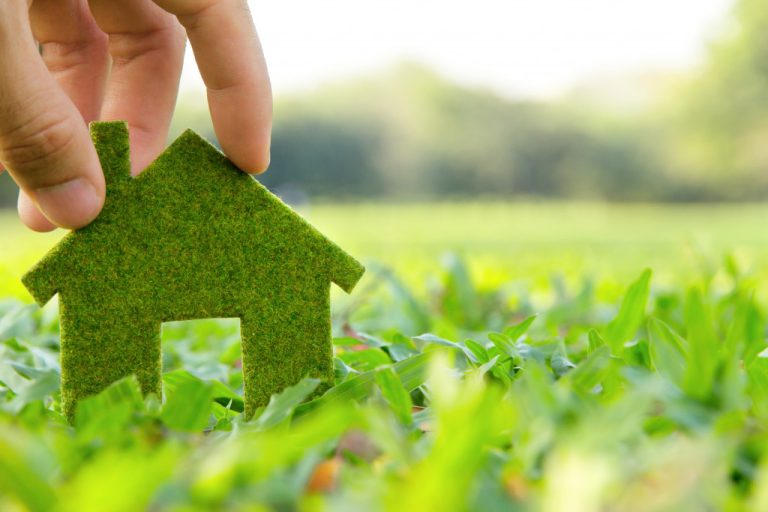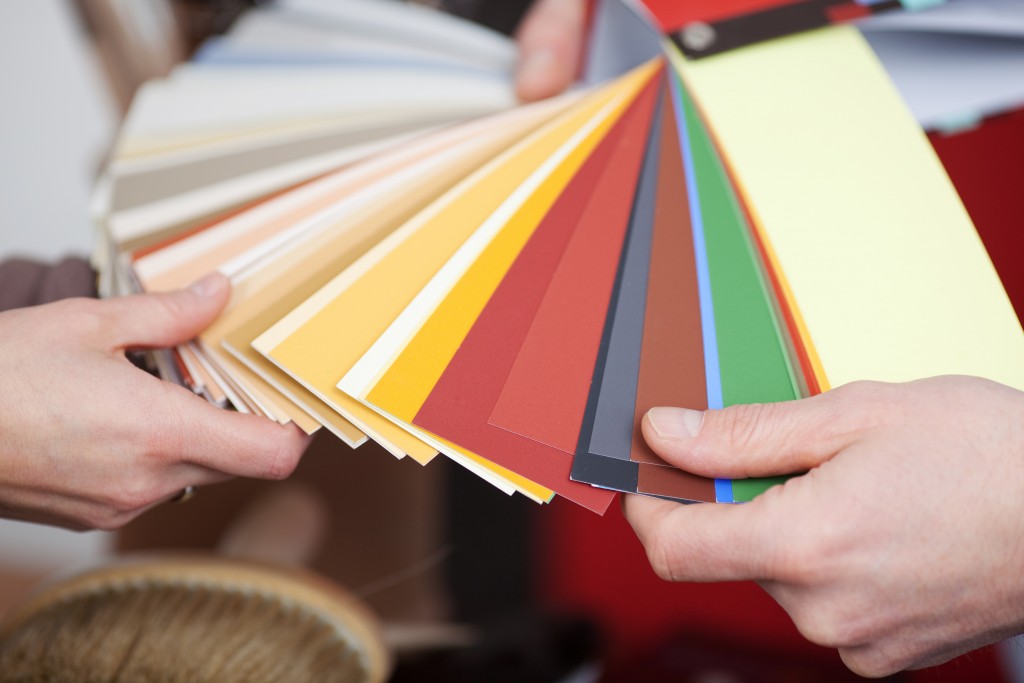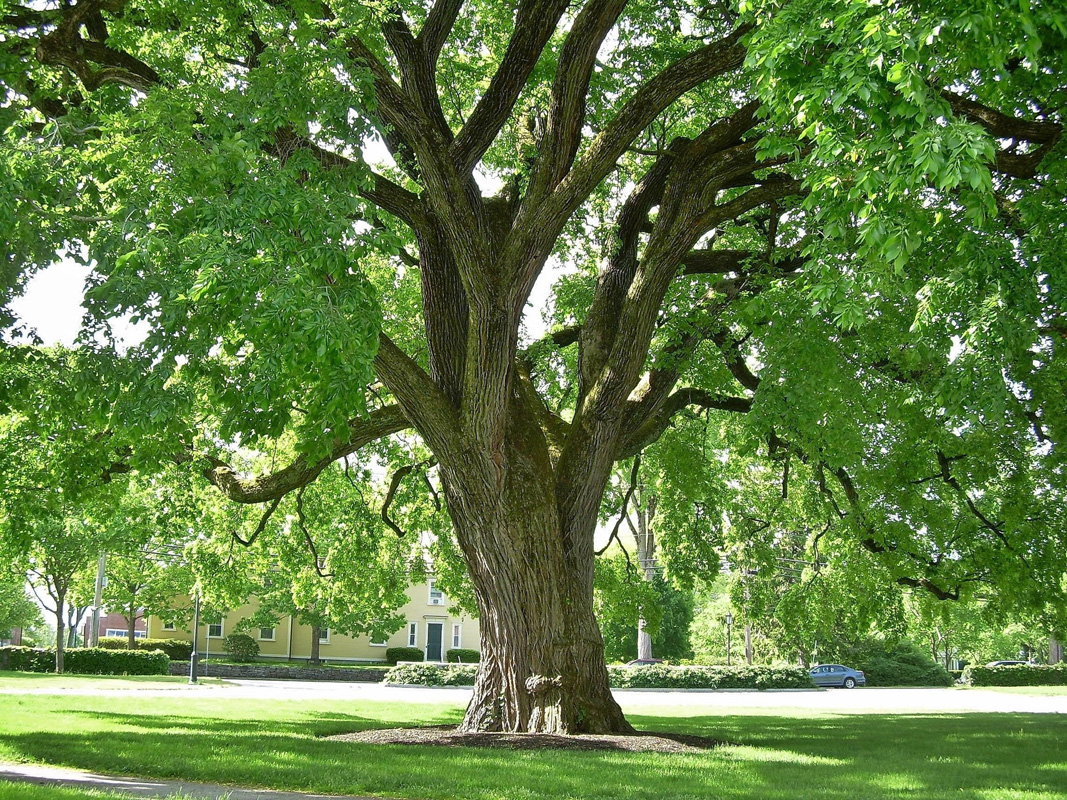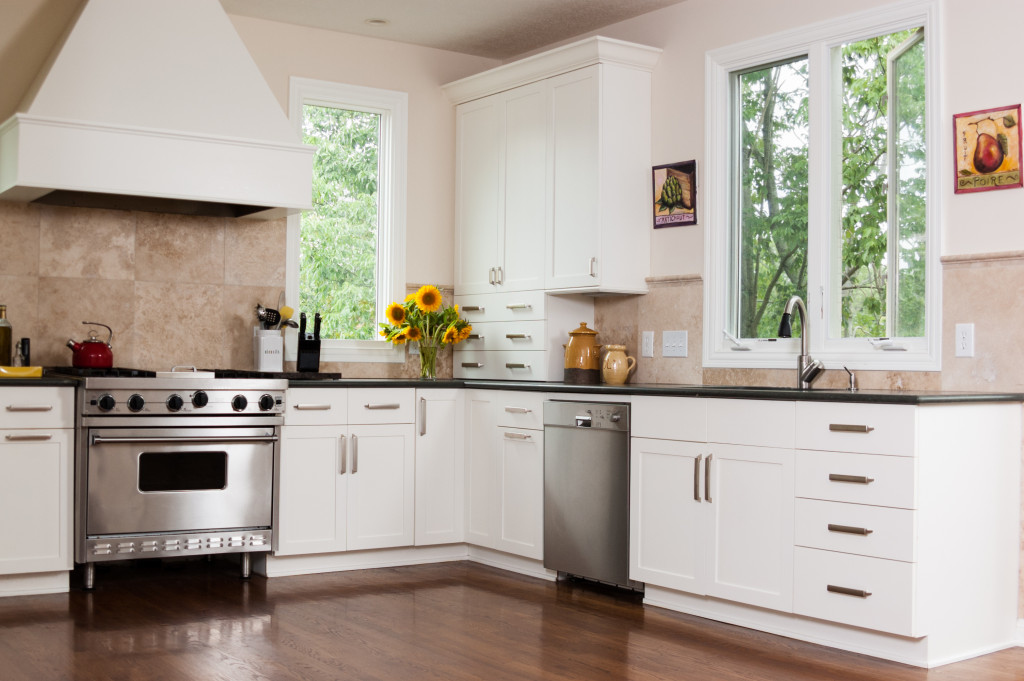- Upgrading to energy-efficient appliances and using sustainable materials can reduce energy consumption.
- Water conservation techniques like greywater recycling, smart irrigation, and water-efficient appliances can save water.
- Raising awareness and educating household members about water conservation is crucial.
- Incorporating smart home technology and ensuring certified electrical compliance is essential for a sustainable home.
- Creating a sustainable home involves making informed decisions that benefit the environment.
Transforming your home into a sustainable space is not just a trend; it’s a significant step towards reducing your carbon footprint and living more harmoniously with the environment. As you embark on this journey, you’ll make choices that have a lasting positive impact on the planet, all from the comfort of your living space. Here are five essential steps to help make your home eco-friendly, energy-efficient, and sustainable.
1. Energy-Efficient Appliances
Begin by assessing your home’s energy consumption, particularly the appliances that are in use every day. Upgrading to energy-efficient models can significantly reduce your household’s energy use. Look for products with the Energy Star label, which indicates they meet energy efficiency guidelines set by the U.S. Environmental Protection Agency.
Additionally, consider the size and usage of appliances. For example, opting for a smaller refrigerator or a washer with a lower water capacity can lead to less energy and water consumption if they match your needs. These changes can lower your utility bills and your home’s energy demands, aligning with a sustainable lifestyle.
2. Sustainable Materials and Insulation

The materials you choose for your home can make a substantial difference. Sustainable materials such as bamboo, cork, and reclaimed wood look stylish and have a lower environmental impact due to their renewable nature and energy-efficient production processes. Opt for organic cotton, hemp, or recycled fabrics for home textiles.
Insulation plays a crucial role in sustainability, too. Proper insulation reduces the need for heating and cooling, thereby lowering energy consumption. Investing in good-quality insulation, double-glazed windows, and draft-proofing measures can improve your home’s thermal efficiency and provide comfort year-round.
3. Water Conservation Techniques
Water is a precious resource, and conserving it is a key element of a sustainable home. By being vigilant and repairing any leaks promptly, you are saving water and preventing potential damage to your home.
Here are some water conservation techniques:
Greywater Recycling Systems
Introducing a greywater recycling system into your home can significantly contribute to water conservation. Greywater refers to wastewater generated from activities such as laundry, bathing, and hand-washing, which can be recycled for non-potable uses. This repurposed water can be used for toilet flushing or irrigating gardens and lawns, reducing the demand for fresh water and contributing to a more sustainable lifestyle.
Smart Irrigation
Investing in a smart irrigation system for your garden can automate watering, ensuring your plants get the right amount of water at the right time. These systems use weather data and moisture sensors to adjust watering schedules and volumes, thus avoiding overwatering or underwatering. This technology not only saves water but also promotes healthier plant growth.
Water-Efficient Appliances
Another method to conserve water is by using water-efficient appliances. Modern dishwashers and washing machines often have eco-modes that use less water while delivering excellent performance. Similarly, energy-star-rated appliances are designed to use water more efficiently. Regular maintenance and timely replacement of these appliances can also help preserve water.
Raising Awareness and Educating Household Members
One of the most effective water conservation techniques is raising awareness about the importance of water conservation among household members. Encourage every family member to be mindful of water usage, such as turning off the tap while brushing teeth or shaving. Providing education about the critical role water plays in your life and the need to protect this precious resource can have a profound impact.
4. Smart Home Technology

Incorporating smart home technology can help to automate and optimize energy use in your home. Smart thermostats can adjust heating and cooling systems based on your schedule and preferences, ensuring energy is not wasted when no one is home. Smart lighting systems that adjust to natural light levels and occupancy can also reduce energy consumption.
Additionally, consider investing in smart power strips to eliminate phantom loads—the energy consumed by electronics when turned off but still plugged in. These power strips can detect when a device is not in use and reduce power, thereby saving energy.
5. Certified Electrical Compliance
While modernizing your home’s electrical system, you must ensure it is efficient but also safe and compliant with the latest regulations. Engaging with certified professionals to conduct electrical installation condition reports (EICRs) is integral to maintaining a sustainable home. These assessments ensure that your electrical systems are up to standard, not overburdened and that no energy is wasted through faulty wiring or outdated components.
Regular check-ups and upgrades to your electrical system can also pave the way for incorporating renewable energy solutions, such as solar panels, in the future. A certified electrician can provide valuable advice on making your home more energy-efficient and can assist in implementing these advanced sustainable technologies.
Final Words
Creating a sustainable home is a thoughtful and deliberate process beyond mere aesthetics. It involves making informed decisions that benefit your immediate environment and contribute to the greater good.
By choosing energy-efficient appliances, sustainable materials, water conservation measures, and smart technology and ensuring that your home’s electrical systems are professionally evaluated and compliant, you are setting a standard for responsible living.






